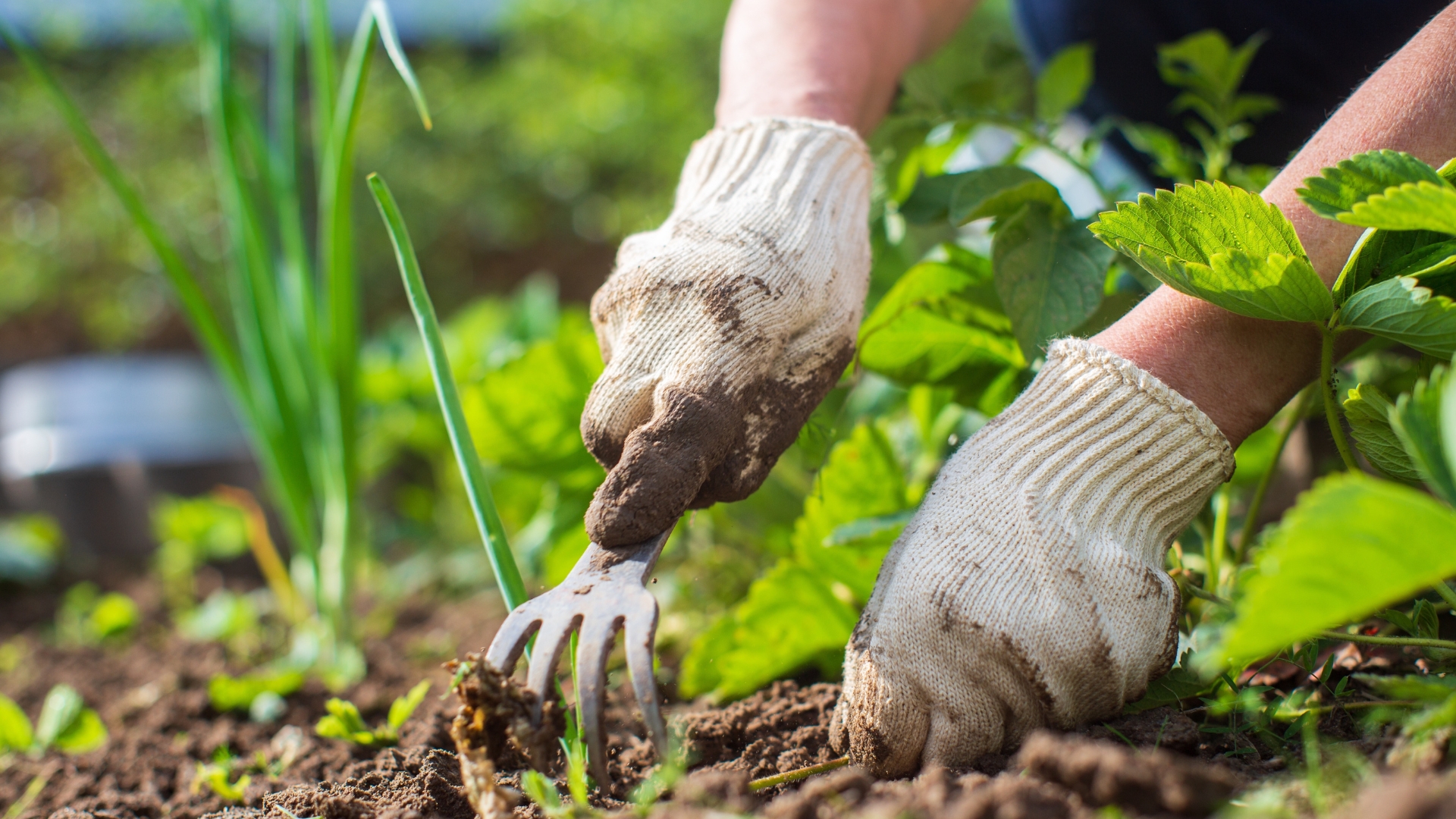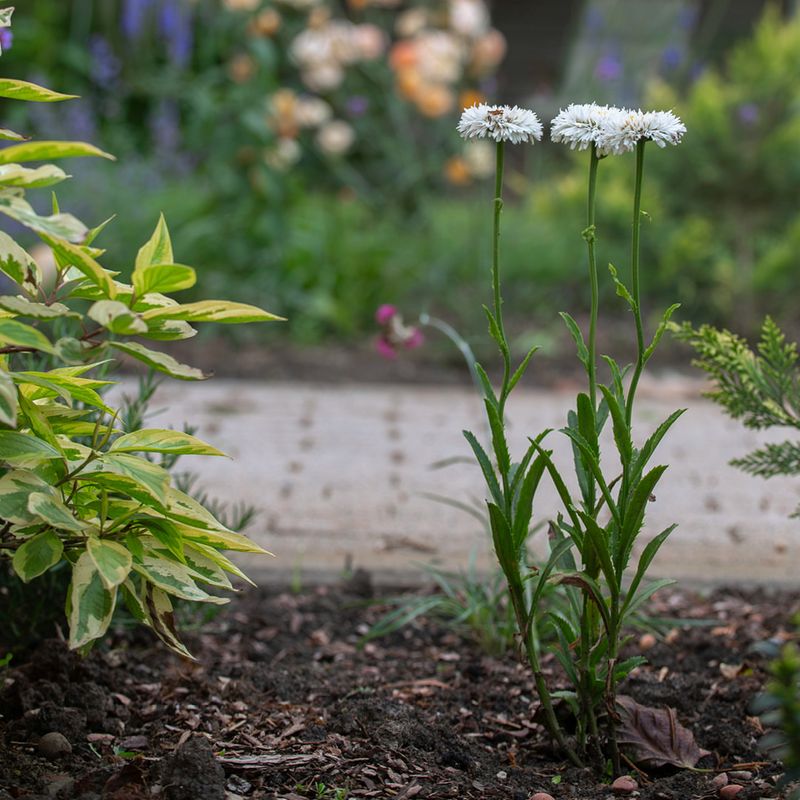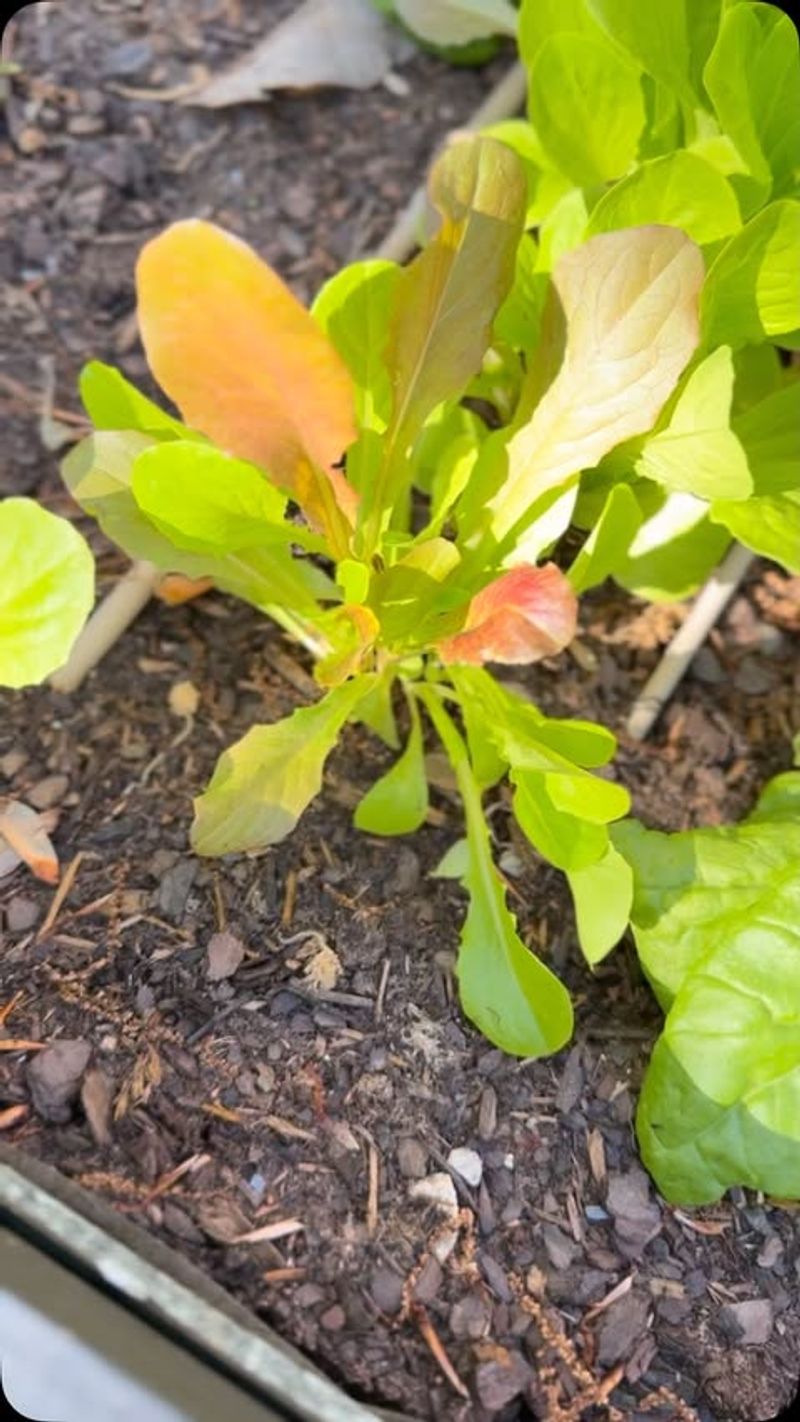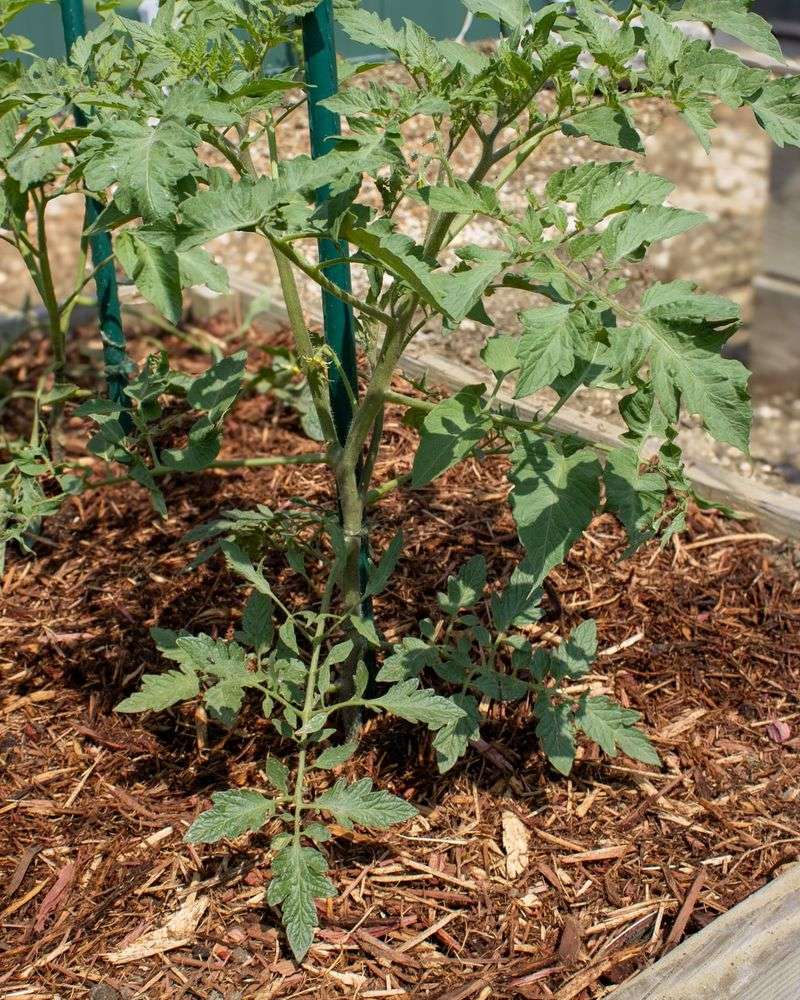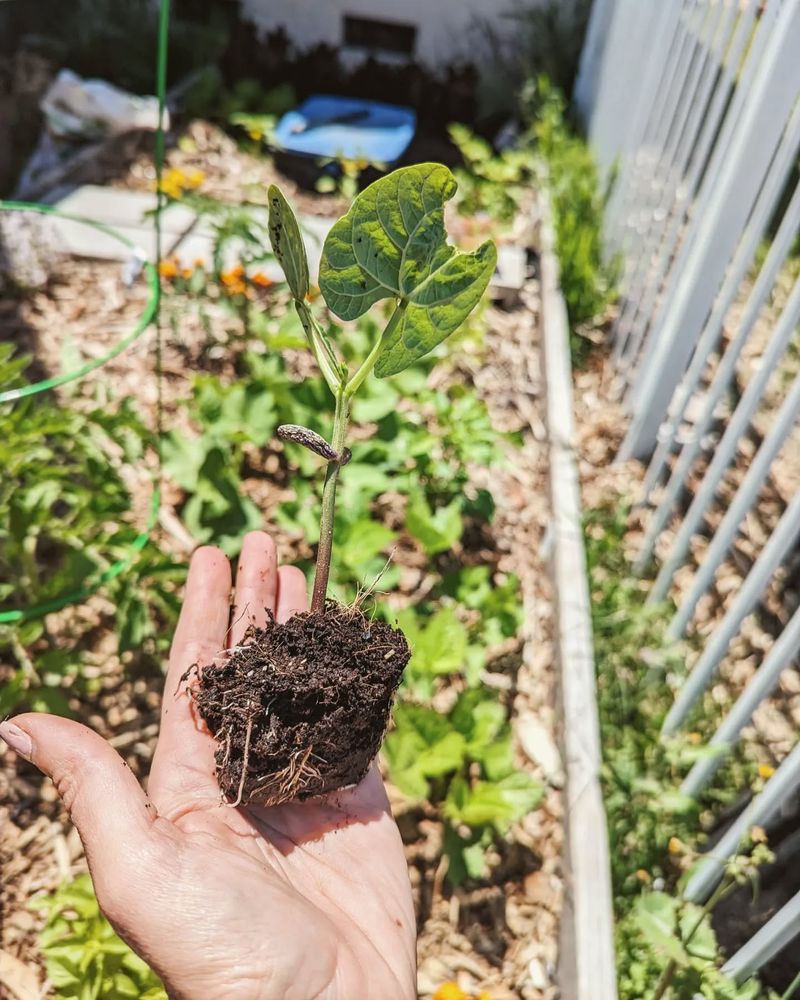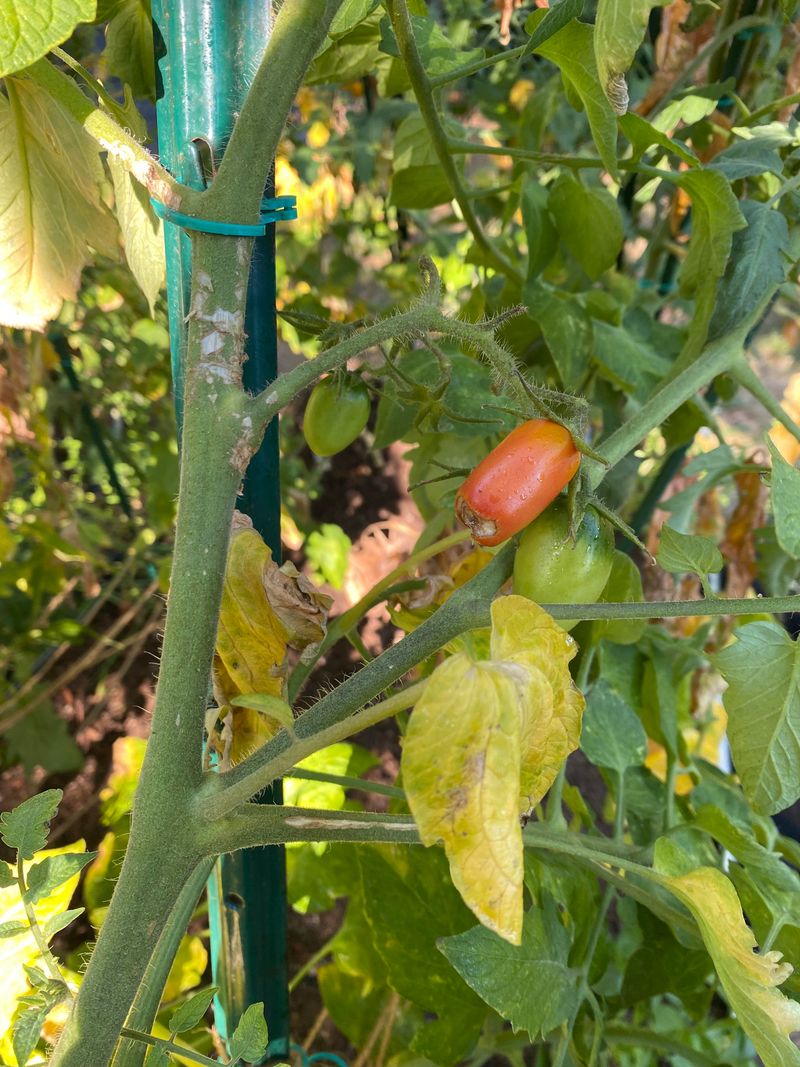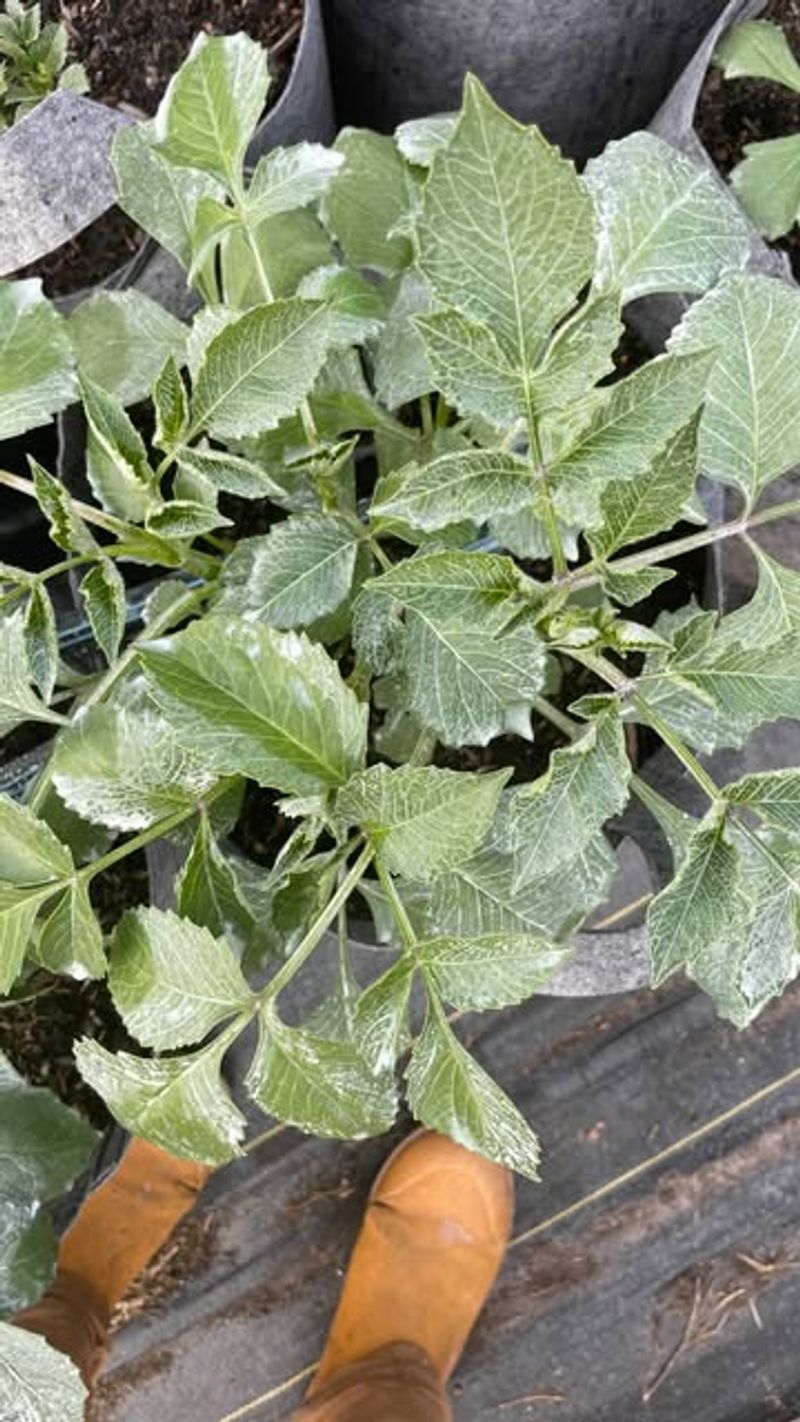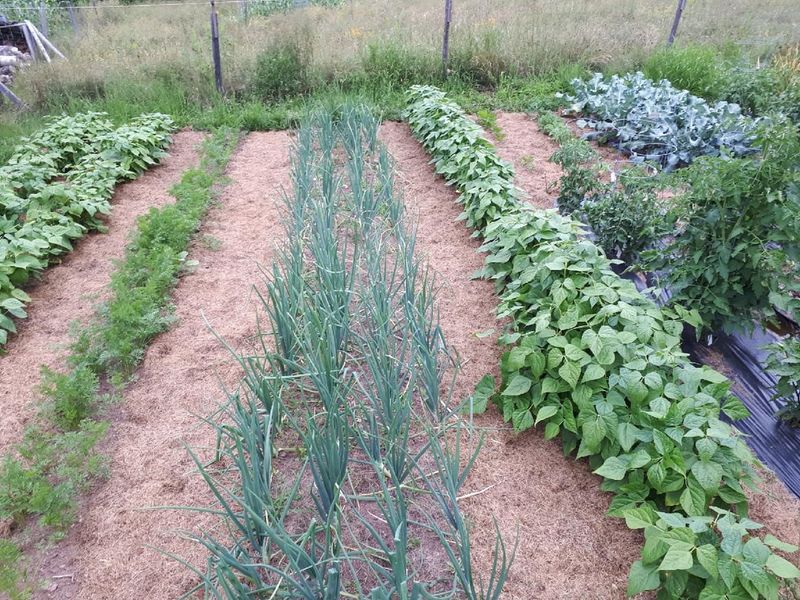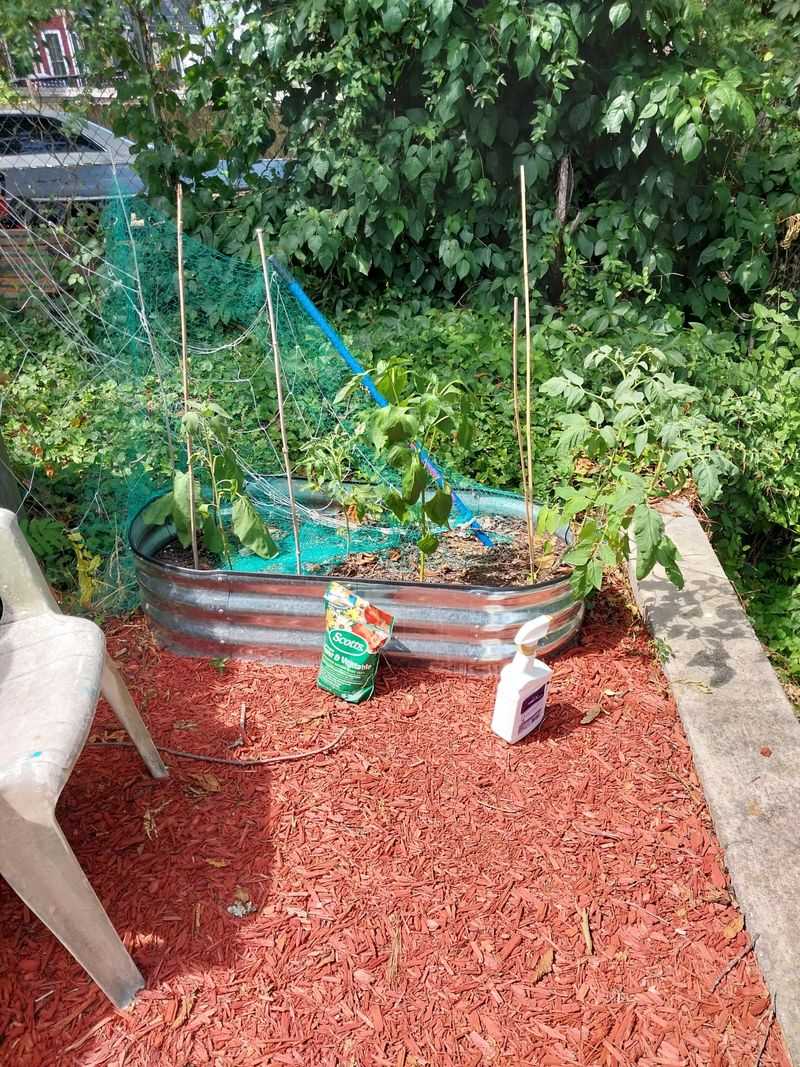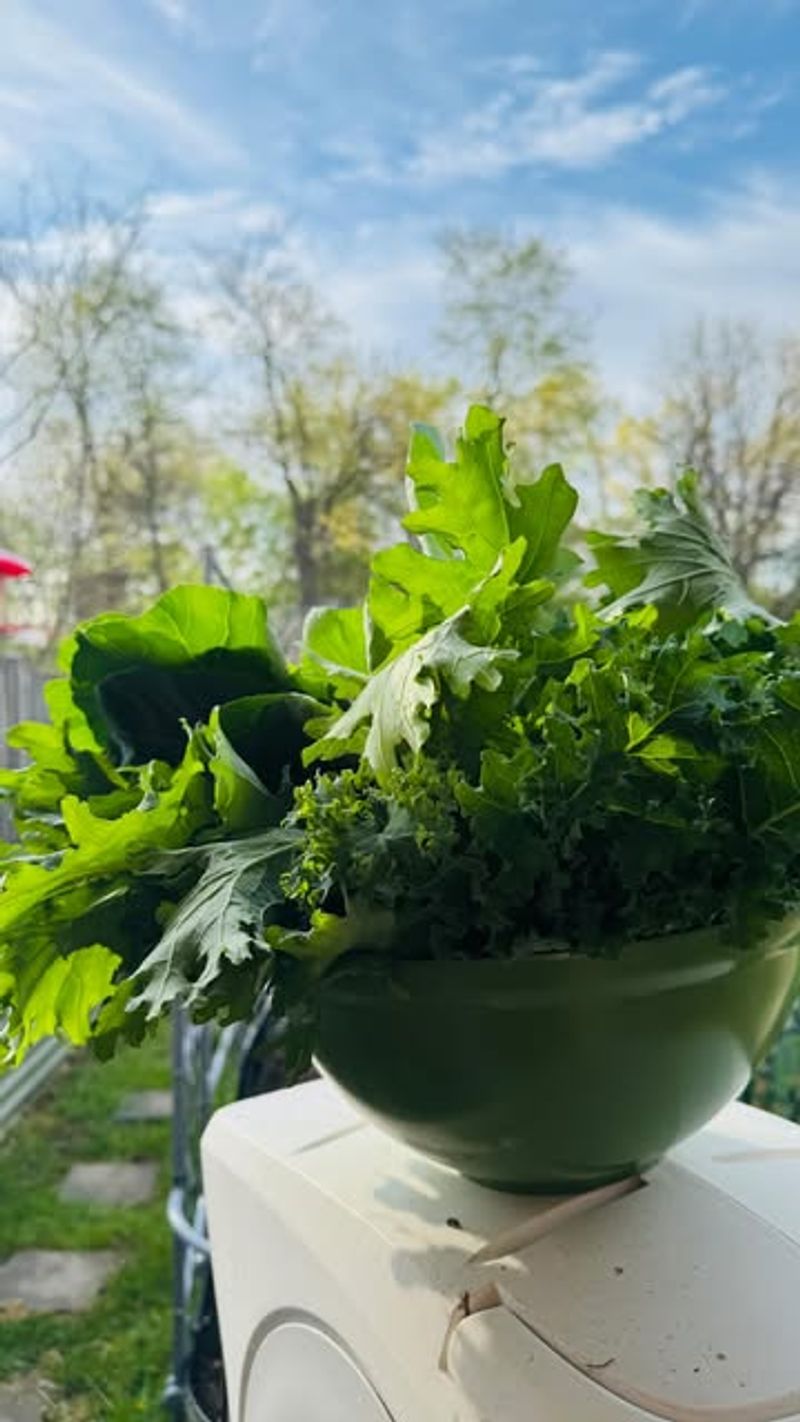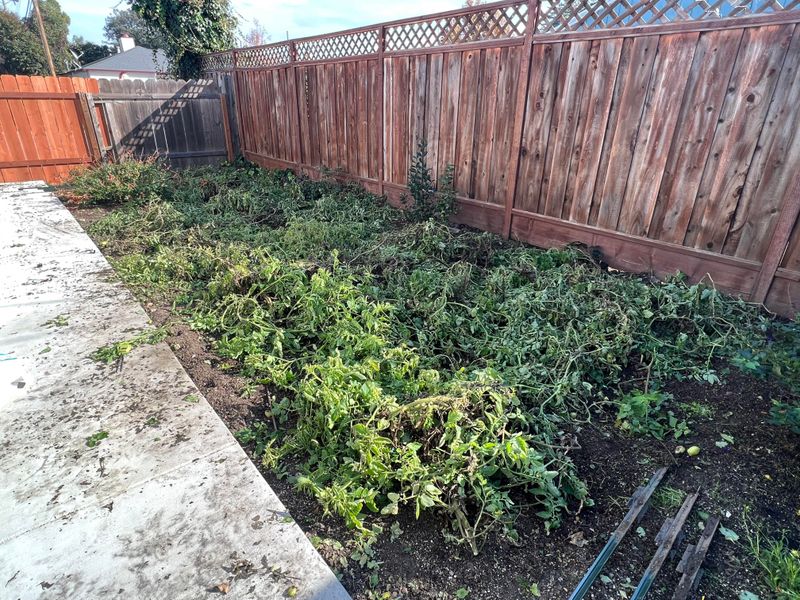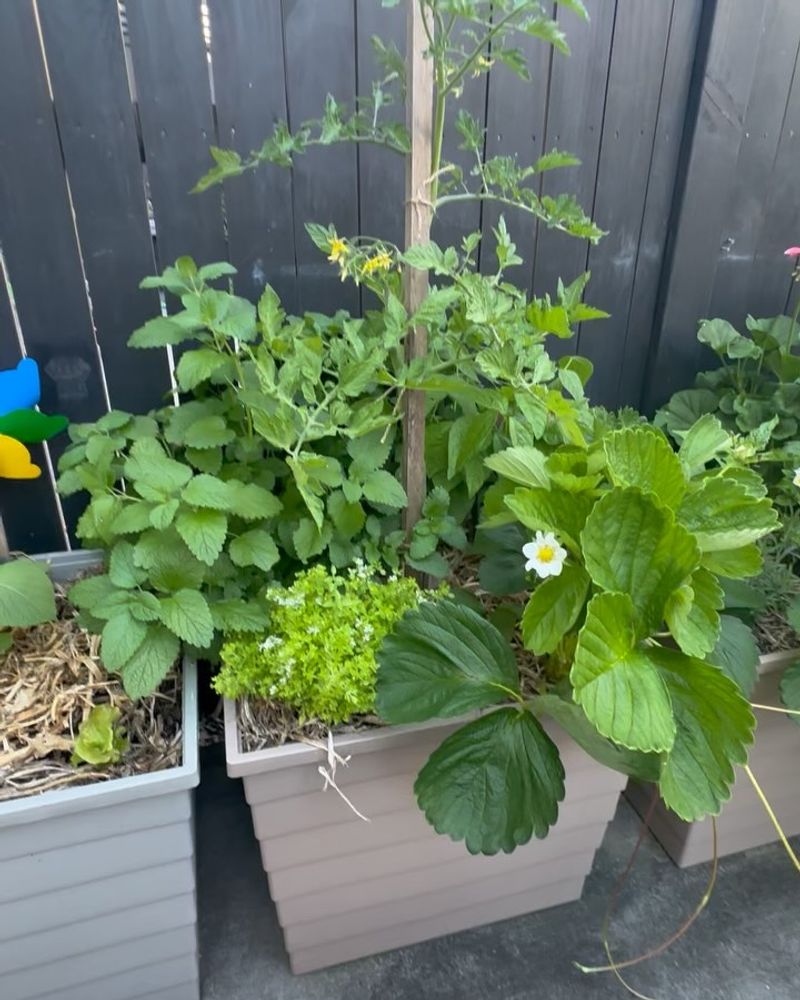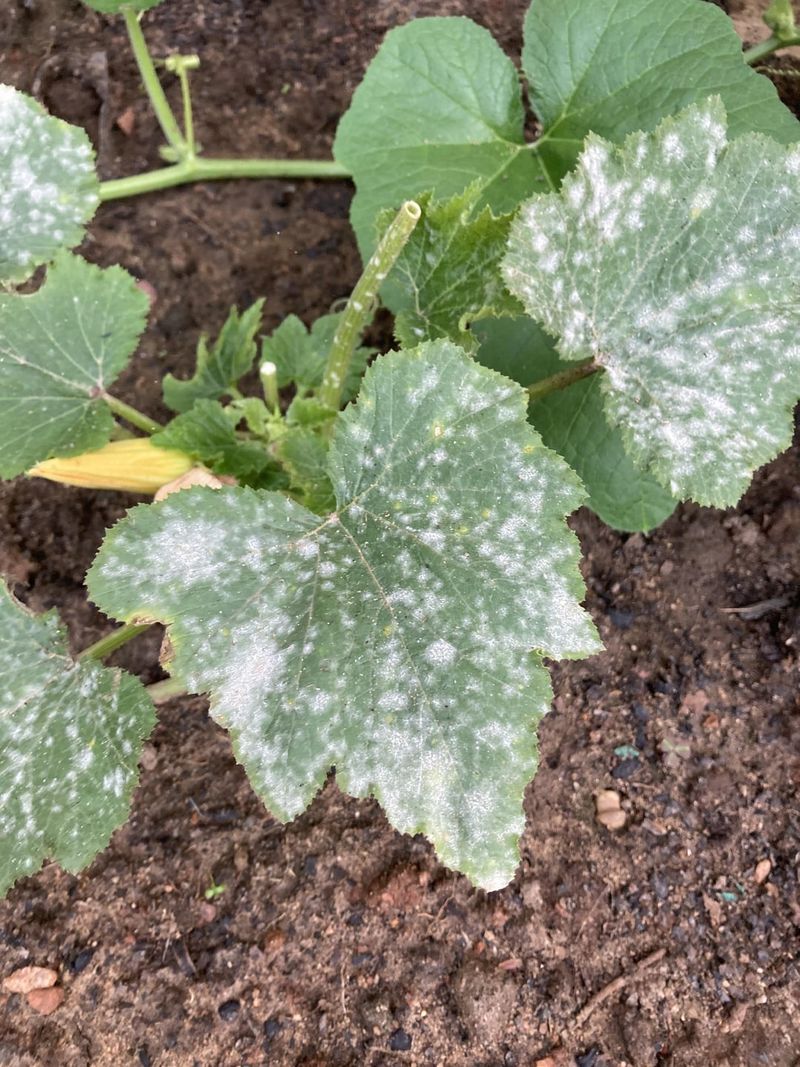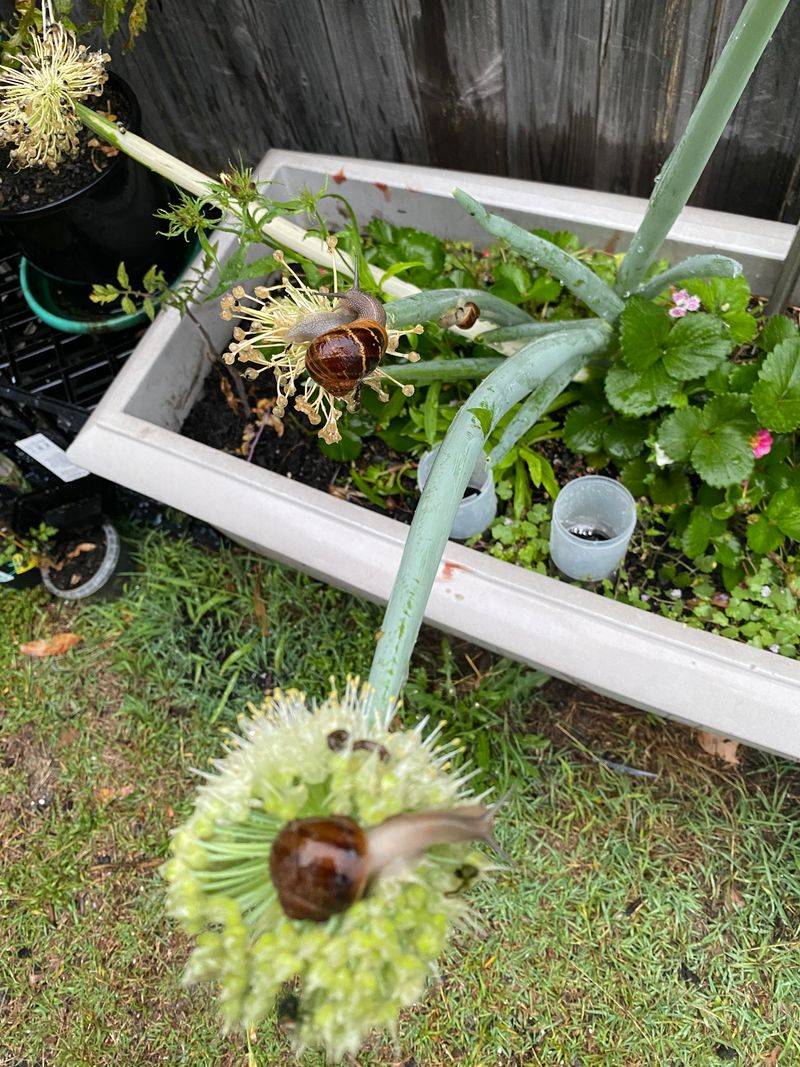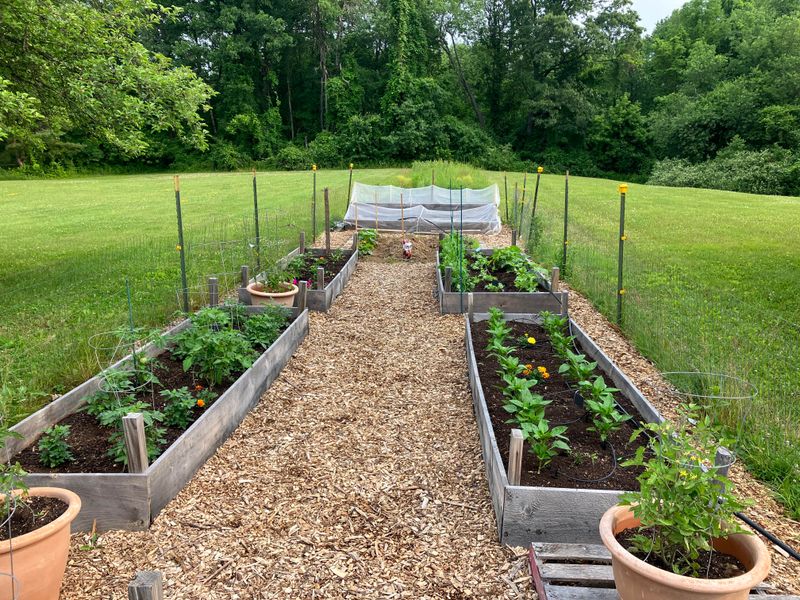August might feel like cruise control in the garden, but North Carolina growers know it’s anything but. I’ve made a few of these mistakes myself—thinking I had more time or skipping a chore that seemed small.
Turns out, August missteps can totally wreck your fall harvest before it even starts. This list breaks down the biggest slip-ups so you don’t lose out on those crisp, homegrown veggies.
Let’s catch them early and make this fall one of your best yet!
1. Neglecting Soil Moisture
August heat in North Carolina can quickly dry out garden beds, stressing plants when they need strength most. Monitor soil moisture daily, especially for newly planted fall seedlings.
Mulching with straw or pine needles helps retain precious moisture during those scorching Carolina afternoons. Consistent watering early in the morning prevents evaporation and fungal issues common in our humid climate.
2. Forgetting Fall Crop Timing
Many gardeners across North Carolina miss optimal planting windows for fall crops. Broccoli, kale, and collards should go in the ground by mid-August to establish before cooler weather arrives.
Keep a garden calendar marked with specific planting dates for our region. The Tar Heel state’s long growing season gives us advantages—if we time things right. Late plantings won’t mature before frost hits.
3. Ignoring Pest Buildup
August brings peak insect activity throughout North Carolina gardens. Squash bugs, hornworms, and cabbage loopers multiply rapidly if left unchecked, devastating young fall plantings.
Inspect plants every few days, looking under leaves where pests hide. Many Carolina gardeners find success using row covers for new plantings. Natural predators like ladybugs and praying mantises help control unwanted visitors.
4. Skipping Succession Planting
Planting everything at once is a common mistake in North Carolina’s extended growing season. Staggering plantings every two weeks ensures continuous harvests through fall and early winter.
Beans, radishes, and lettuce mature quickly in our state’s climate, allowing multiple cycles. Smart gardeners in the Piedmont region sow cool-weather crops gradually from August through September, extending their harvest window significantly.
5. Improper Tomato Maintenance
Late-season tomatoes require special attention in North Carolina’s August humidity. Many gardeners mistakenly stop pruning, allowing disease-prone foliage to develop.
Remove lower leaves and suckers to improve air circulation in our humid environment. North Carolina’s extended growing season means indeterminate varieties can produce until frost if properly maintained. Stake plants higher as they grow to prevent fruit contact with soil.
6. Overlooking Heat-Stressed Plants
Plants showing wilting, yellowing, or stunted growth need immediate attention in August’s North Carolina heat. Waiting too long to address heat stress can permanently damage fall-producing plants.
Temporary shade cloth provides relief during the hottest afternoons across our state. Deep watering rather than frequent shallow sprinkles encourages stronger root systems. Consider adding beneficial mycorrhizae to help roots better access water.
7. Poor Weed Management
August weeds compete aggressively for water and nutrients when North Carolina gardens need them most. Crabgrass and nutsedge grow explosively this month, quickly overwhelming newly planted fall seedlings.
Hand-pull weeds after rain when soil is soft in Carolina clay. Apply fresh mulch around plants to suppress weed growth. A dedicated weekly weeding session prevents small problems from becoming overwhelming garden disasters.
8. Fertilizing Incorrectly
Over-fertilizing in August’s heat can burn plants and stimulate excessive foliage at the expense of fruit production. Many North Carolina gardeners apply the wrong nutrients at this critical transition time.
Use half-strength fertilizer applications in the Carolina summer heat. Fall crops benefit from phosphorus and potassium rather than nitrogen-heavy formulas. Compost tea provides gentle nutrition without the shock of chemical fertilizers.
9. Harvesting Too Late
Leaving summer vegetables too long on plants exhausts their energy and reduces fall production. North Carolina’s climate encourages many plants to produce continuously if harvested regularly.
Pick beans, cucumbers, and squash when young and tender in our Carolina gardens. Harvest herbs and leafy greens in early morning for best flavor. Regular picking signals plants to produce more, extending your garden’s productive season.
10. Forgetting Soil Amendments
Depleted soil leads to disappointing fall harvests across North Carolina gardens. Summer crops extract significant nutrients that need replenishment before planting fall vegetables.
Add compost between plantings to revitalize Carolina clay or sandy soils. Consider cover crops in sections not immediately replanted. Soil tests from NC State Extension reveal specific deficiencies in your garden’s growing medium.
11. Crowding Fall Seedlings
Planting too closely creates competition and increases disease risk in North Carolina’s humid fall conditions. Seedlings need proper spacing for air circulation and root development.
Thin seedlings according to package recommendations for our Carolina growing zone. Remember that fall crops often grow larger than spring plantings in our climate. Proper spacing reduces fungal issues common in our state’s autumn humidity.
12. Inadequate Disease Prevention
August’s humidity creates perfect conditions for fungal diseases throughout North Carolina gardens. Powdery mildew, early blight, and downy mildew spread rapidly without preventative measures.
Water at soil level in the morning to keep foliage dry in our humid state. Remove infected leaves immediately to prevent spread. Consider copper fungicide applications before problems appear in susceptible Carolina garden plants.
13. Neglecting Garden Cleanup
Leaving diseased plant debris creates overwintering sites for pests and pathogens in North Carolina gardens. Spent summer crops often harbor problems that transfer to fall plantings.
Remove and dispose of infected materials away from garden areas in sealed bags. Carolina gardeners should clean and sanitize tools between working with different plants. Clear debris regularly to reduce hiding places for slugs and other pests.
14. Improper Watering Techniques
Overhead watering in August heat wastes water and promotes fungal issues in North Carolina’s already humid climate. Many gardeners water too frequently but not deeply enough.
Soaker hoses or drip irrigation deliver water directly to roots in our Carolina clay soils. Morning watering allows foliage to dry before evening, reducing disease risk. Deep, infrequent watering encourages stronger, more drought-resistant root systems.
15. Missing Season Extension Opportunities
Failing to prepare season-extending methods limits North Carolina’s generous growing calendar. Row covers, cold frames, and hoop houses should be readied in August before fall temperatures drop.
Order supplies early while focusing on fall garden preparation across our state. Simple plastic covers can extend harvests by weeks or months in many Carolina regions. Planning these systems in August ensures they’re ready when sudden temperature changes arrive.

